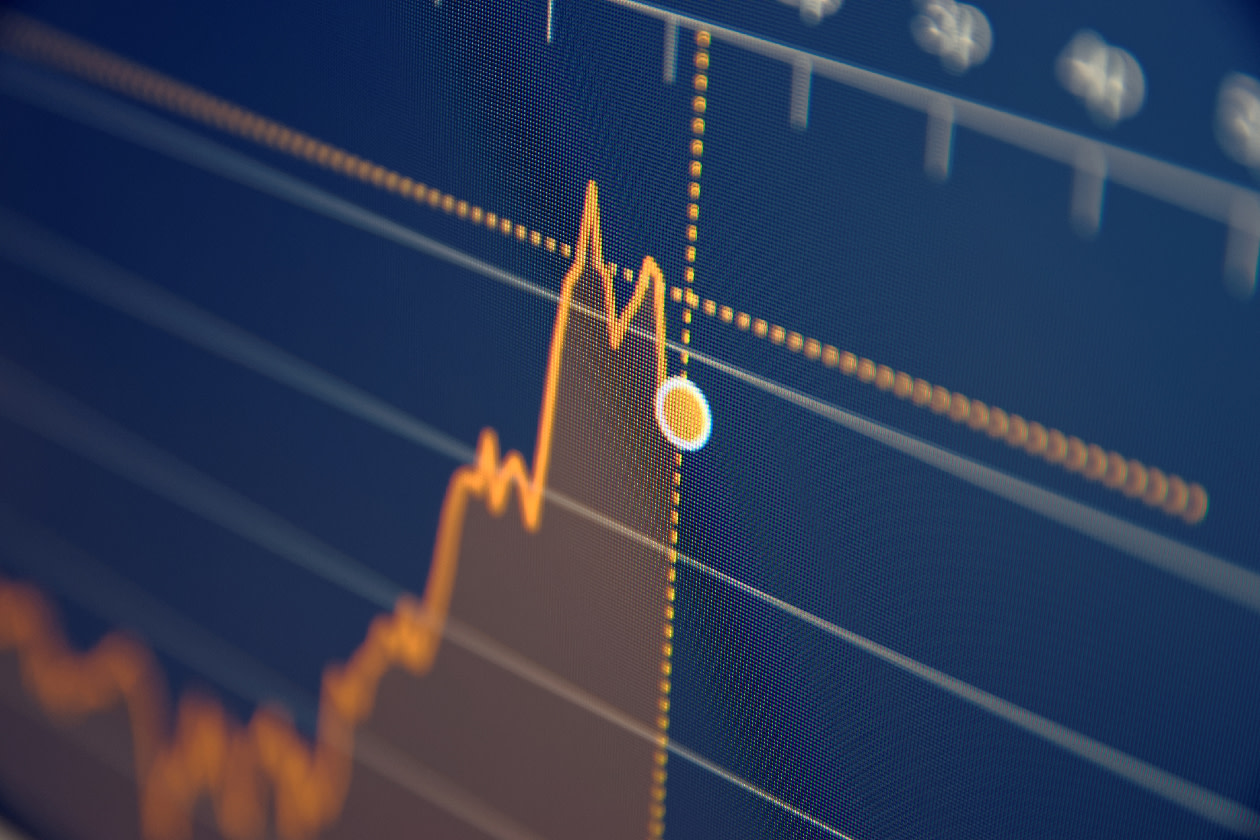Major share indices were deep in the red in Asia on Monday as fears the United States could be heading for recession triggered mass risk aversion and wagers interest rates will have to fall sharply, and quickly, to support growth.
Investors stared where they finished on Friday by knocking Nasdaq futures down 1.28%, while S&P 500 futures dropped 0.79%. Nikkei futures were trading at 34,665, over a thousand points below the cash close of 35,909.
Treasury futures were off 5 ticks, but that followed a huge rally on Friday where yields dived 18 basis points to the lowest since November.
Two-year yields sank 50 basis points last week and could soon slide below 10-year yields, turning the curve positive in a way that has heralded recessions in the past.
The worryingly weak July payrolls report saw markets price in a near 70% chance the Federal Reserve will not only cut rates in September, but ease by a full 50 basis points. Futures imply 155 basis points of cuts this year, with a similar amount in 2025.
"We have increased our 12-month recession odds by 10pp to 25%," said analysts at Goldman Sachs in a note, though they thought the danger was limited by the sheer scope the Fed had to ease policy.
Goldman now expects quarter-point cuts in September, November, and December.
"The premise of our forecast is that job growth will recover in August and the FOMC will judge 25bp cuts a sufficient response to any downside risks," they added. "If we are wrong and the August employment report is as weak as the July report, then a 50bp cut would be likely in September."
Investors will get a read on employment in the service sector from the ISM non-manufacturing survey due later Monday and analysts are hoping for a rebound to 51.0 after June's unexpected slide to 48.8.
The huge drop in Treasury yields had also overshadowed the U.S. dollar's usual safe-haven appeal and dragged the currency don around 1% on Friday.
Early on Monday, the dollar was down another 0.2% on the Japanese yen at 146.19, while the euro was holding steady at $1.0907.
The Swiss franc was a major beneficiary of the rush from risk, with the dollar near six-month lows at 0.8586 francs.
"The shift in expected interest rate differentials against the U.S. has outweighed the deterioration in risk sentiment," said Jonas Goltermann, deputy chief markets economist at Capital Economics.
"If the recession narrative takes hold in earnest, we would expect that to change, and the dollar to rebound as safe-haven demand becomes the dominant driver in currency markets."
Investors had also increased wagers other major central banks would follow the Fed's lead and ease more aggressively, with the European Central Bank now seen cutting by 67 basis points by Christmas.
In commodity markets, gold was steady at $2,442 an ounce, supported by lower yields globally. [GOL/]
Oil prices bounced amid concerns about a widening conflict in the Middle East, though worries about demand had seen it sink to eight-month lows last week. [O/R]
Brent gained 44 cents to $77.24 a barrel, while U.S. crude rose 40 cents to $73.92 per barrel.
(Reporting by Wayne Cole; Editing by Stephen Coates)
Copyright (2024) Thomson Reuters. Click for restrictions
This article was written by Wayne Cole from Reuters and was legally licensed through the DiveMarketplace by Industry Dive. Please direct all licensing questions to legal@industrydive.com.

